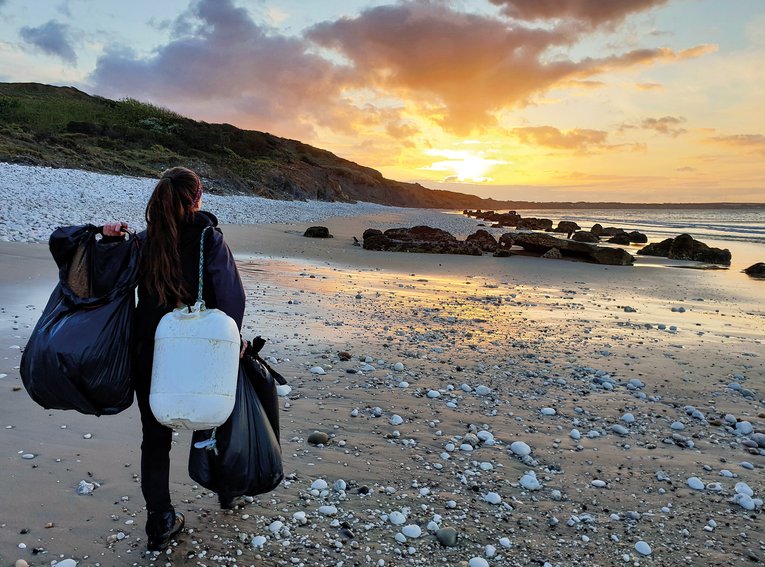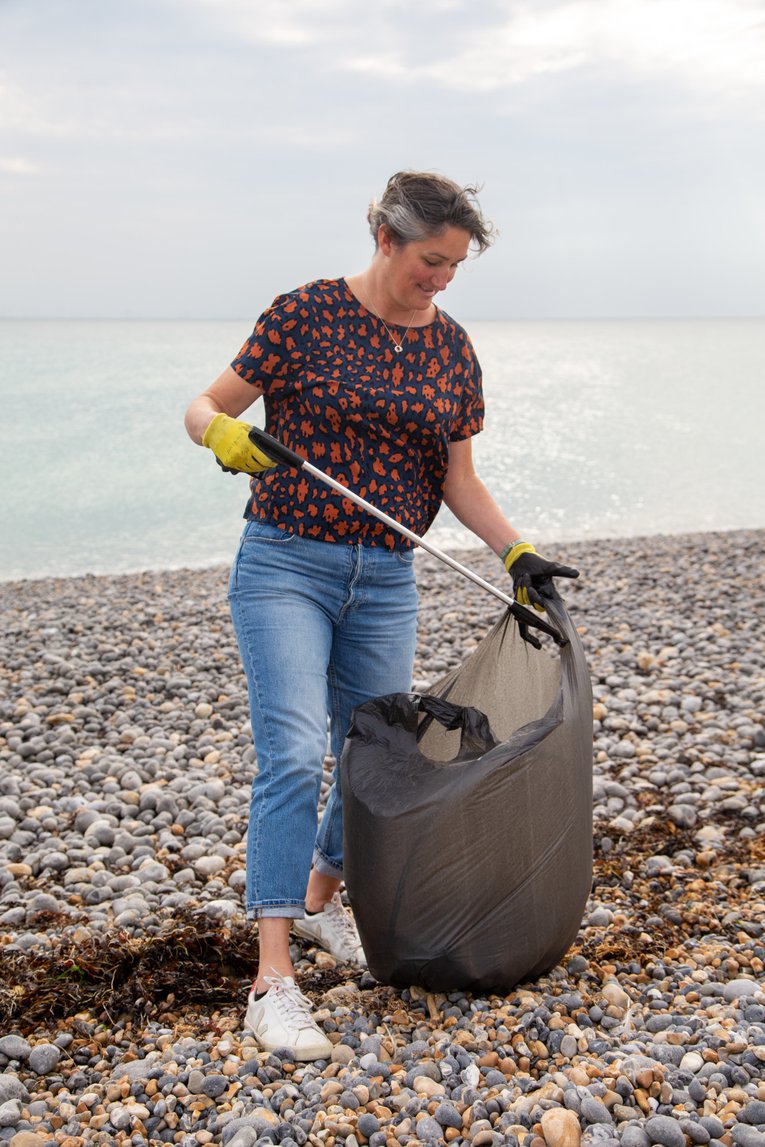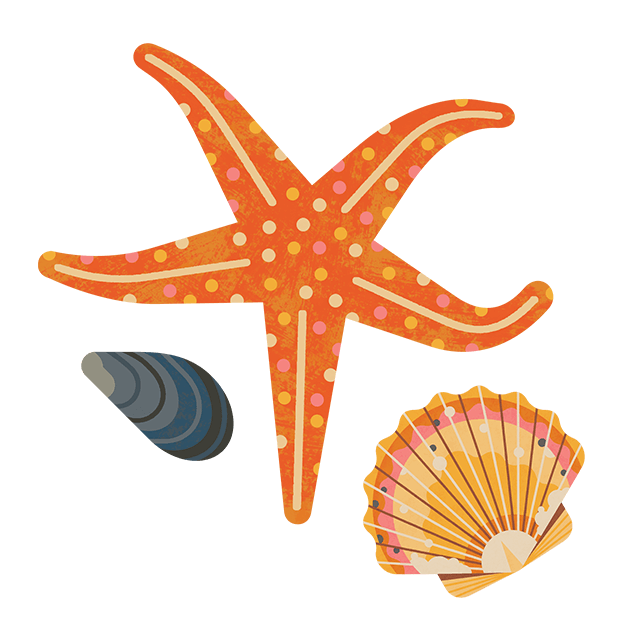
Beach cleans: it's all about the litter data
We’ve been running beach cleans for more than a quarter of a century. Come rain or shine, our staff and volunteers head out to the coastline to clear litter and survey what they find. But, what happens with this data once we receive it?
Cleaning our beaches keeps the coast beautiful for locals and visitors alike, and helps protect wildlife which visit UK shores, from seals to whales and turtles. We have some of the most stunning coastline in the world, and we want to protect it now and for the future.
But what makes our beach cleans different is that we collect data - almost 30 years of it in fact. On every clean we ask people to run a litter survey: recording all the items of rubbish they find in a 100m stretch. We use this data to campaign for real change.
Following carrier bag charges being put in place across the UK, we’ve seen a 55% drop in bags on beaches. After the single-use plastic cotton bud ban in Scotland in 2019, we’ve already seen a 50% drop in the number of plastic sticks on beaches.
It’s easy to be disheartened by headlines on plastic pollution around the world, from microplastics at the top of mountains to huge drifts of litter on remote beaches. But we’re motivated by the change that we see happening year-on-year as a result of our beach cleans and volunteers.
The results from our flagship Great British Beach Clean (GBBC) in 2021 saw a drop year-on-year in beach litter. While we’re not expecting (though we can always hope!) to ever not find litter on beaches, this positive indication of less litter means that things are changing. Whether that’s our own behaviours – opting for reusable items or clearing litter when we leave the beach – or businesses and governments taking action.
GBBC Results
385
litter items found per 100m of beach surveyed at last year's Great British Beach Clean
30
%
of beach cleans last year found face masks and PPE
80
%
drop in plastic bags found on UK beaches since 5p charge was introduced





